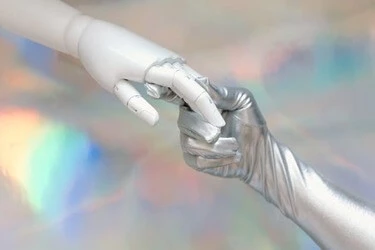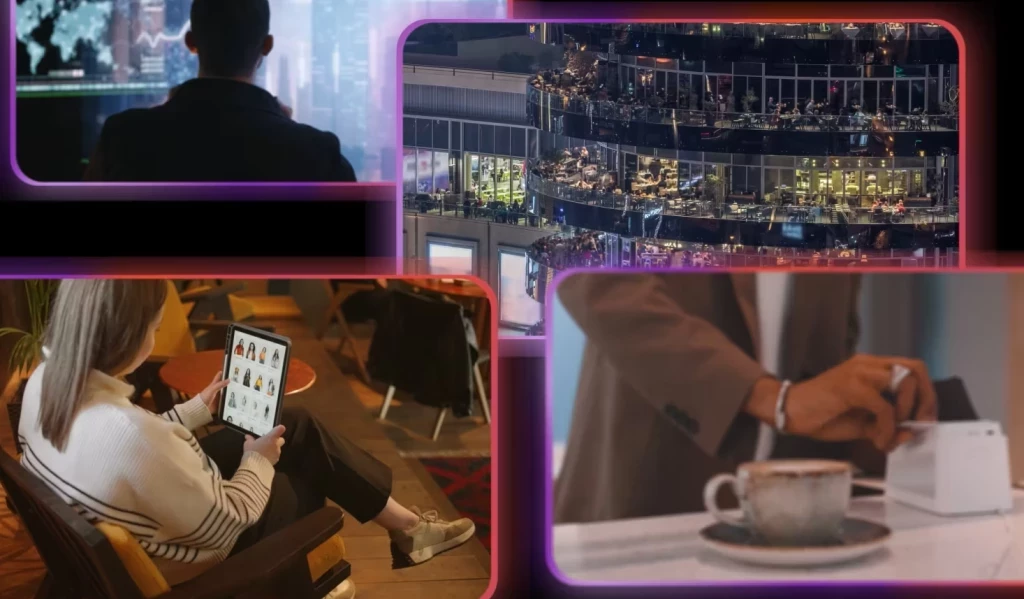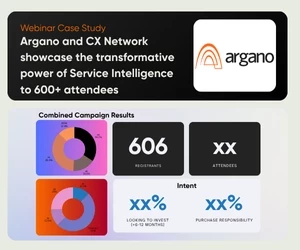3 CX lessons from X4 2025 that leaders can’t ignore
Add bookmark
There are always more CX lessons to learn.
The spring conference season was full of great events, learning opportunities and networking. Now that I’ve had a chance to breathe, I can share a look back on one of them.
I attended the 2025 Qualtrics X4 Summit, and along with the fun times (Gwen Stefani!) and cool technology, there were messages every CX leader needed to hear.
Like everything in our world, the CX landscape is evolving—and CX leaders must evolve with it.
Of course, the focus was on artificial intelligence (AI). What to do with it, how to prepare for it, how to launch it quickly…the list goes on and on. I participated in a panel discussing the tricky balance between jumping in as a leader versus waiting to avoid those early adoption missteps. (Spoiler alert: there is no one perfect answer to that issue.)
Along with attending keynotes, interactive sessions and debating on panels, I had the opportunity to simply talk to CX leaders. After an immersive few days, I took away three key lessons to share. Here’s a look at the big takeaways—and the real-world voices behind them:
1. AI Is evolving from automation to human-centric augmentation
The next wave of AI in CX isn’t just about saving time. It’s about adding humanity. From Qualtrics’ new “Experience Agents” that act autonomously to tools that detect frustration through cursor movement and rage clicks, AI is now being designed to serve people—not just processes.
“It’s not enough to automate. AI should help us be nice and helpful,” said Heather Brace, chief people officer at Intermountain Health. “Because at the end of the day, everyone can be nice, but if nobody helps you, the experience still fails.”
Others agree.
“We’ve found that AI can use what people say in surveys and what they don’t say to recommend real next steps,” shared Ilana Boyum, vice president, VoC & customer insights, from Fiserv, in her breakout session. “And that level of personalization has reduced contact rates by 30 percent because we’re not waiting to react anymore.”
This move to what the industry has termed “agentic AI” is designed to anticipate needs, fix friction in real time and respond in ways that feel personal and human—even when driven by machines. Customers still deserve transparent honesty, so it’s still important to let customers know what’s human and what’s not.
2. Listening without action is a broken promise
Multiple speakers and CX practitioners repeated this truth: listening programs only create value when they lead to change. Otherwise, they risk breaking the trust with customers and employees alike.
“You can do more damage than good if you ask for feedback and then just sit on it,” said Mike Milliron, COO of IMG Academy. “That’s not who we are. We listen, we learn and we act. And we tell people what we’re doing about it.”
IMG’s “always-on” feedback system now includes journey-based listening and real-time data access for staff, empowering everyone from coaches to cafeteria workers to take informed action.
“Engagement isn’t HR’s job alone—it belongs to every leader,” added Heather Brace. “We’ve had to help leaders understand how to take survey results and turn them into team conversations. It’s about being human and accountable.”
The best listening programs aren’t centralized silos—they’re shared responsibilities, embedded across teams and touchpoints.
3. The employee experience is the foundation of CX
Danny Meyer’s “virtuous cycle of hospitality” was mentioned more than once at X4: take care of your people first, and they’ll take care of everyone else. That philosophy is showing up in culture and tech, from fast food to healthcare. As the founder of Union Square Hospitality Group and Shake Shack, he’s built an empire on serving both employees and customers well.
“The employee is our first customer,” Meyer said. “If they’re unhappy, it shows. And if they feel empowered, that ripple effect touches the guest, the supplier, the investor—everyone.”
At Walmart, digital tools like the Me@ app are giving 2 million associates personalized dashboards, AI-powered insights and even translation capabilities—treating internal users with the same care as external customers.
“Even though we have 10 full-time experienced staff, we’ve activated a few hundred,” said Mike Milliron. “We created a culture of empowerment, where every staff member feels responsible for the experience. That’s how we scale personalization.”
The conversation continues to include growing expectations among employees and then customers.
“People want three things: clarity, to feel heard and to grow,” said Heather Brace. “It’s simple, but it’s hard. It requires real intention from leaders—and when you do that, the culture shifts.”
Final thought: Experience starts with leadership
As Zig Serafin, CEO of Qualtrics, said during the summit: “Technology is only as good as the human understanding behind it.” The future of experience management isn’t about more data or faster dashboards. It’s about creating environments where listening leads to action, AI enhances empathy, and employees are empowered to deliver the kind of experiences we all want to receive.
This was the gist of my angle on the AI debate panel. Tools and tech will execute, but we as leaders need to set the vision and strategic plan.
CX leaders have an opportunity—and a responsibility—to guide their organizations through this evolution. With the right mindset, strategy and commitment to action, the impact absolutely will be transformative.
Quick links:
- Qualtrics charts the future of XM with AI-powered “Experience Agents” at X4 2025
- How Qualtrics’ Isabelle Zdatny envisions the future of CX
- Why customer intimacy is the future of CX
























